USB Adapter Box Overview
Product Details:
- Application Computer
- Color Black
- Click to View more
USB Adapter Box Overview Price And Quantity
- 10 Piece
USB Adapter Box Overview Product Specifications
- Black
- Computer
USB Adapter Box Overview Trade Information
- 100 Piece Per Week
- 7 Days
- All India
Product Description
Introduction: A USB adapter box is a versatile device that enables connectivity between different types of USB ports and devices. It is commonly used to convert or extend USB connections, allowing users to connect peripherals or integrate systems with various USB standards and formats. USB adapter boxes are valuable tools for expanding connectivity options and accommodating diverse USB needs.
Key Features and Functions:
-
USB Port Conversion:
- Purpose: Converts one type of USB connector to another, such as USB-A to USB-C or USB-C to USB-A.
- Types: Includes adapters that convert between various USB formats, including:
- USB-A to USB-C
- USB-C to USB-A
- USB-A to Micro-USB
- USB-C to Micro-USB
-
Multi-Port Adapters:
- Purpose: Provides multiple USB ports from a single USB connection, enabling users to connect several devices simultaneously.
- Types: Includes USB hubs with multiple ports, allowing expansion from a single USB port to several additional ports.
-
Functionality Expansion:
- Purpose: Expands the functionality of USB ports by adding capabilities such as Ethernet connectivity, SD card readers, or HDMI output.
- Examples:
- USB to Ethernet Adapters: Adds Ethernet connectivity to devices lacking an Ethernet port.
- USB-C Hubs: Includes additional ports such as HDMI, SD card slots, and Ethernet in a single device.
-
Compatibility and Standards:
- USB Versions: Supports various USB standards, including USB 2.0, USB 3.0, USB 3.1, and USB 3.2, each offering different data transfer speeds and capabilities.
- Backward Compatibility: Many adapters are backward compatible, allowing newer USB types to work with older devices.
-
Power Delivery:
- Charging Capabilities: Some USB adapters support power delivery (PD), allowing devices to charge while connected.
- Power Requirements: Ensures that the adapter provides adequate power for connected devices, particularly important for USB-C adapters and hubs.
Applications:
-
Personal Use:
- Connecting Peripherals: Allows connection of various peripherals, such as keyboards, mice, printers, and external drives, to devices with different USB ports.
- Device Integration: Facilitates the use of modern devices with older USB ports or vice versa, ensuring compatibility across different generations of technology.
-
Professional Environments:
- Office Workstations: Expands connectivity options for computers and laptops in office settings, enabling connections to multiple devices and peripherals.
- Presentations and Meetings: Connects devices to projectors or monitors through USB-to-HDMI adapters for presentations.
-
Tech Upgrades:
- New Device Compatibility: Enables older devices to interface with newer technology, such as connecting a legacy USB-A device to a modern USB-C port.
- System Integration: Integrates different systems and technologies, providing a seamless experience across various devices and formats.
Considerations for Choosing a USB Adapter Box:
-
Connector Type and Compatibility:
- Ensure the adapter matches the USB types you need to connect (e.g., USB-A to USB-C). Verify compatibility with your devices and peripherals.
-
Data Transfer Speed:
- Choose an adapter that supports the data transfer speed required for your applications (e.g., USB 3.0 or USB 3.1 for high-speed data).
-
Power Requirements:
- For adapters with power delivery or charging capabilities, check that the power output meets the needs of your devices.
-
Build Quality and Durability:
- Opt for high-quality adapters with durable construction to ensure long-term reliability and performance.
-
Additional Features:
- Consider additional features such as built-in SD card readers, Ethernet ports, or HDMI outputs based on your specific needs.
Conclusion: A USB adapter box is a practical solution for expanding and adapting USB connectivity across various devices and formats. By understanding the types, features, and considerations of USB adapters, you can enhance your connectivity options and ensure seamless integration of your technology.
Visuals and Diagrams:
- Connector Images: Illustrations of different USB connectors (USB-A, USB-C, Micro-USB) and their corresponding adapter types.
- Adapter Configuration Diagram: Visual representation of common USB adapter types and their uses.
- Functionality Chart: Comparison of features and capabilities across different USB adapter models.

Price:
- 50
- 100
- 200
- 250
- 500
- 1000+
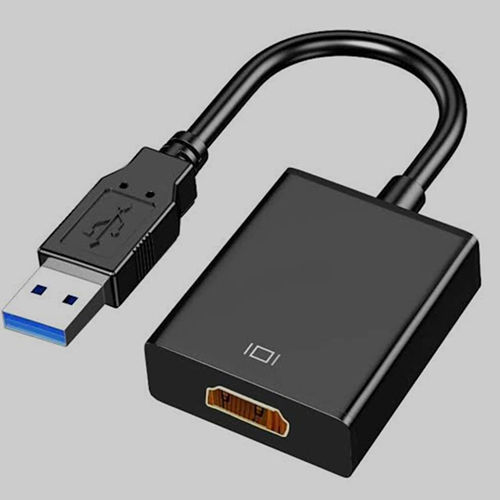

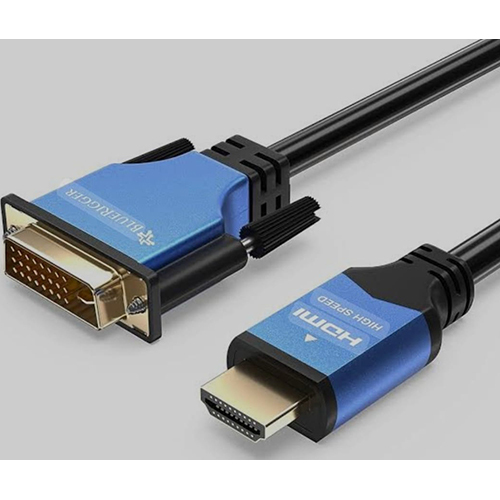
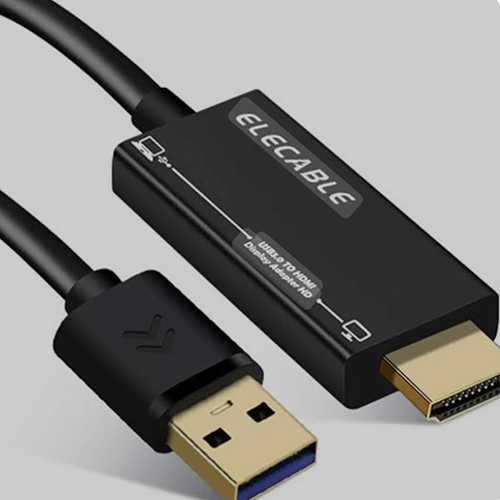
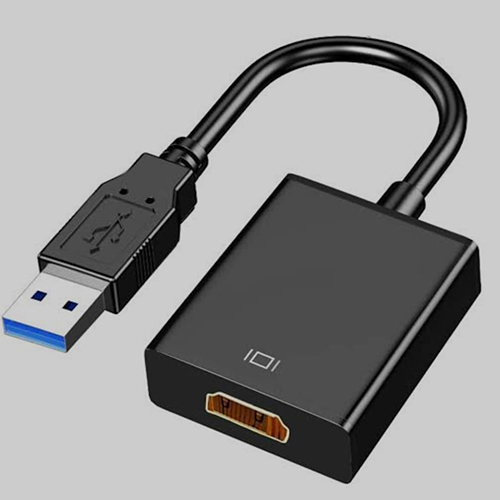
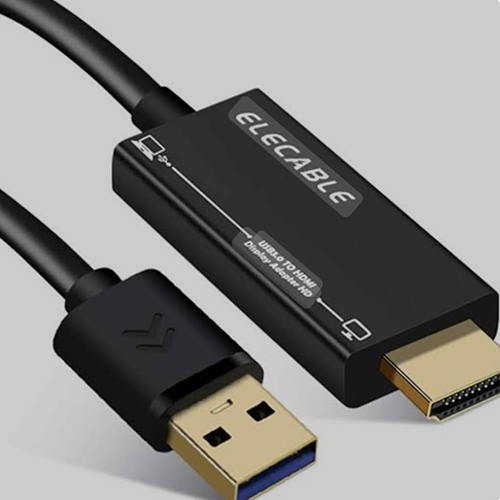


 Send Inquiry
Send Inquiry Call Me Free
Call Me Free